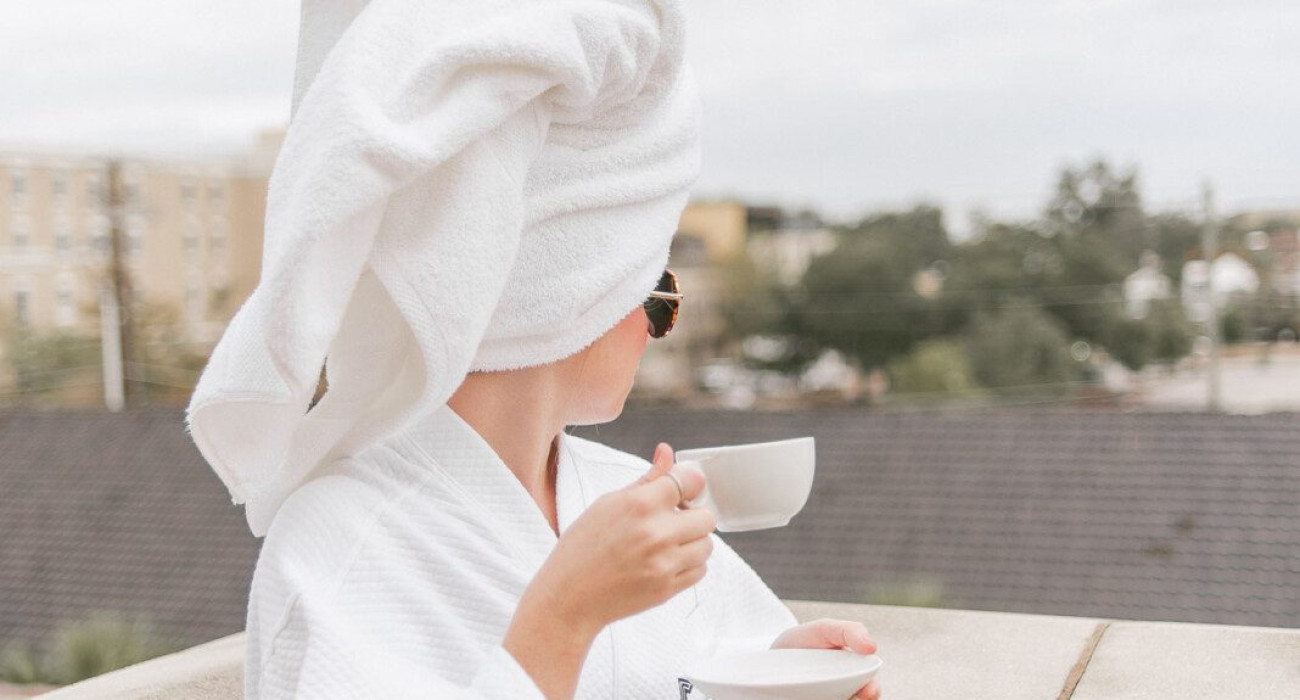The travel landscape is rapidly evolving, and the way people vacation is transforming right alongside it. One of the most compelling trends in 2025? The multi-use vacation—a concept where one trip, and often one property, serves many purposes. Whether it’s a mix of business and leisure, a family reunion with remote work, or a wellness retreat that turns into a creative escape, the multi-use vacation is redefining how we travel.
This isn’t just about squeezing more into a trip. It’s about being more intentional, flexible, and efficient with how we use our time and space. Let’s explore the seven reasons fueling the rise of the multi-use vacation—and why it’s becoming the new standard for modern travelers.
1. Blurring Lines Between Work and Leisure
The rise of remote work and digital nomadism means travelers no longer need to separate vacation time from their professional lives. Instead, many are opting for multi-use vacation stays where they can join Zoom calls in the morning and explore the local scene in the afternoon.
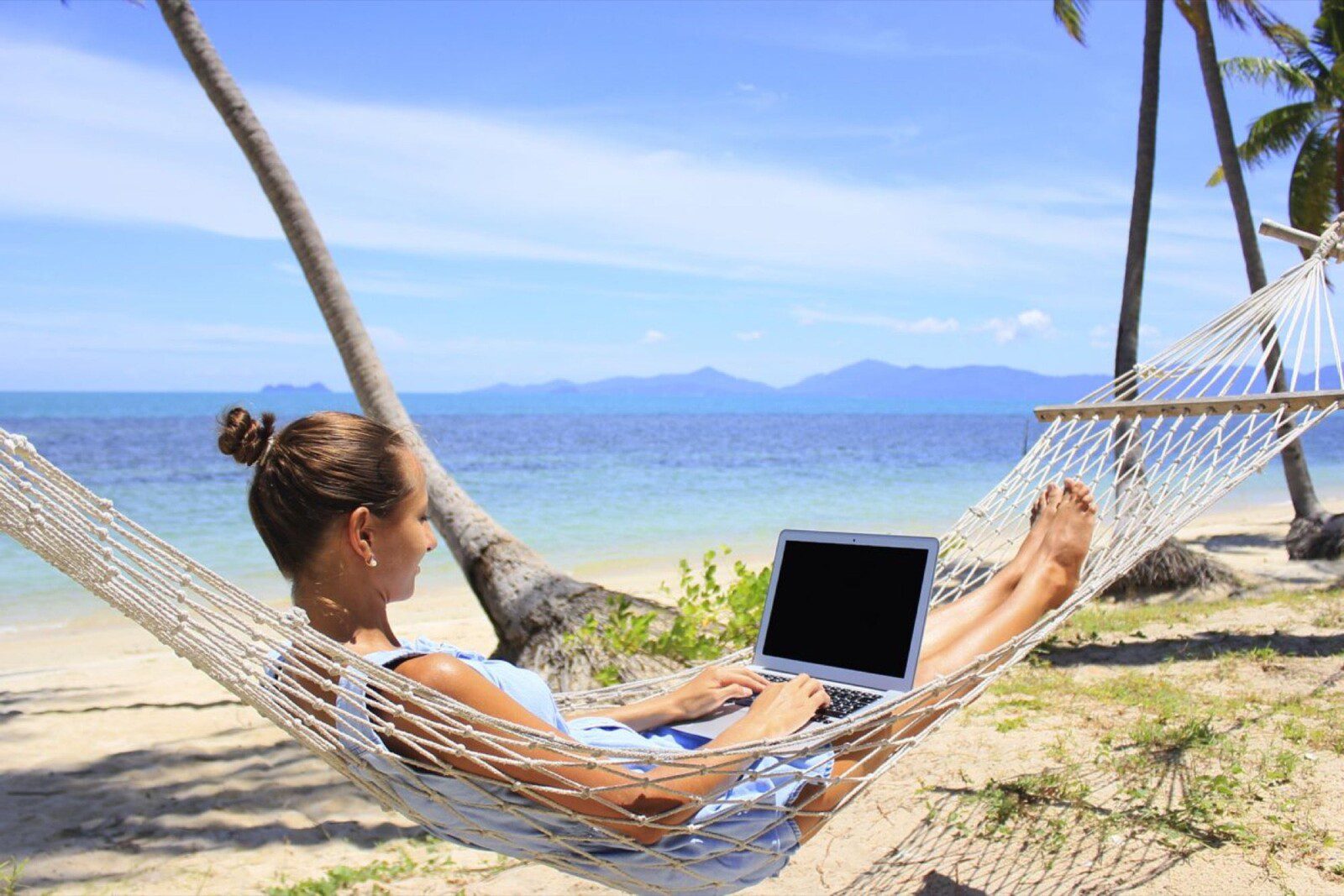
According to Forbes, 98% of workers want to work remotely at least some of the time. This shift makes it easier than ever to take longer trips without needing to fully unplug from work.
Multi-use vacation properties are designed with this in mind—offering high-speed Wi-Fi, ergonomic workspaces, and quiet corners for focus time.
2. More Value from Every Trip
With inflation and rising travel costs, travelers want more value. Why book three separate trips—a work retreat, a family vacation, and a romantic getaway—when you can combine them?

This is where the multi-use vacation shines. A single property can now be the backdrop for multiple trip goals, reducing transportation expenses and maximizing time off. Families can bring grandparents and kids under one roof, while also making room for moments of solitude or productivity.
As Travel + Leisure reports, travelers are prioritizing efficiency—choosing properties that can flex with their needs over the course of a stay.
3. Purpose-Driven Travel Is on the Rise
More travelers want their trips to be meaningful—not just fun. That means planning getaways around wellness, creativity, professional growth, or cultural experiences.
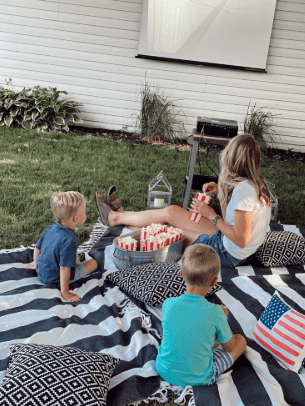
The multi-use vacation supports this evolution. A guest may use a property for yoga in the morning, online courses mid-day, and wine tasting at night—all within the same trip.
According to Booking.com, “self-development travel” is one of the fastest-growing segments of tourism. The versatility of a multi-use vacation supports that trend.
4. Extended Stays Are Becoming the Norm
Weekend getaways are great, but longer stays offer deeper rest—and more room for multi-functionality.
More guests are now booking 7–21+ day trips. And while lounging by the pool is great, travelers want additional functionality from the property they’re renting.
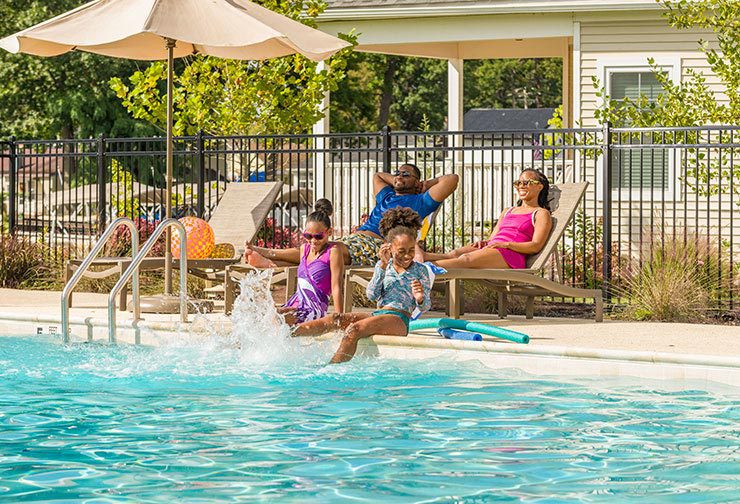
Whether it’s hosting a backyard barbecue, teaching kids remotely, or running a side hustle, a multi-use vacation makes long-term stays more dynamic and practical. Properties equipped with full kitchens, laundry, reliable Wi-Fi, and even smart TVs or podcasting mics are in high demand.
5. A New Generation of Multi-Tasking Travelers
Millennials and Gen Z travelers aren’t just looking to relax—they want to grow, connect, and create. A vacation is no longer just about escape; it’s about expression.

Many use their time away to start a new passion project, make content for social media, or host collaborative gatherings. A multi-use vacation property becomes a mini creative studio, wellness retreat, and co-working space all at once.
This is especially true for the “bleisure” crowd (business + leisure), where even a conference trip is now paired with spa time, local food tours, or family meetups.
6. Properties Are Evolving to Match This Trend
Savvy hosts and property managers are already designing spaces with this multi-use vacation lifestyle in mind.

Flexible sleeping arrangements, convertible workspaces, indoor/outdoor dining zones, and tech-enhanced amenities are becoming standard. For example:
-
Properties with soundproof rooms double as podcast or video recording spaces.
-
Dining tables become boardroom tables for retreats or strategic planning.
-
Pools and patios shift from kid zones to adult cocktail lounges at night.
Vacation homes are no longer static spaces—they’re dynamic environments meant to support a traveler’s full lifestyle.
7. Travelers Want More Personalization
Cookie-cutter hotel rooms aren’t cutting it anymore. Today’s guests want spaces that feel like home—but better. That’s why the multi-use vacation model, which emphasizes customization and multi-functionality, is so popular.
A family may need bunk beds and baby gear. A business group may want whiteboards and espresso machines. A wellness seeker might prioritize a Peloton bike and essential oil diffusers.
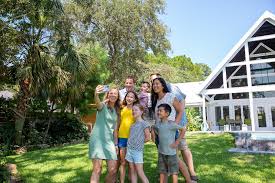
Airbnb, Vrbo, and other platforms now allow users to filter for exactly what they want—whether it’s fiber-optic internet, blackout curtains, or a fire pit for storytelling. The multi-use vacation mindset is baked into that search process.
Final Thoughts: Why “One Property, Many Purposes” Is Here to Stay
The days of one-size-fits-all travel are over. The modern traveler wants freedom. They want their vacation home to be a workspace, a playground, a haven for creativity, and a connection point for loved ones. This is exactly why the multi-use vacation is gaining momentum.
By choosing one property that meets multiple needs, guests enjoy deeper flexibility, smarter travel decisions, and more meaningful experiences. It’s a shift in mindset—and it’s transforming not only where we go but how we live when we get there.
Want to see examples of properties that embrace the multi-use vacation lifestyle? Check out:
